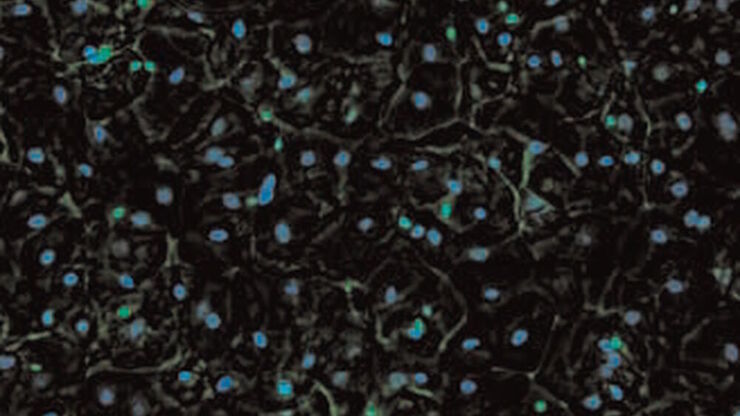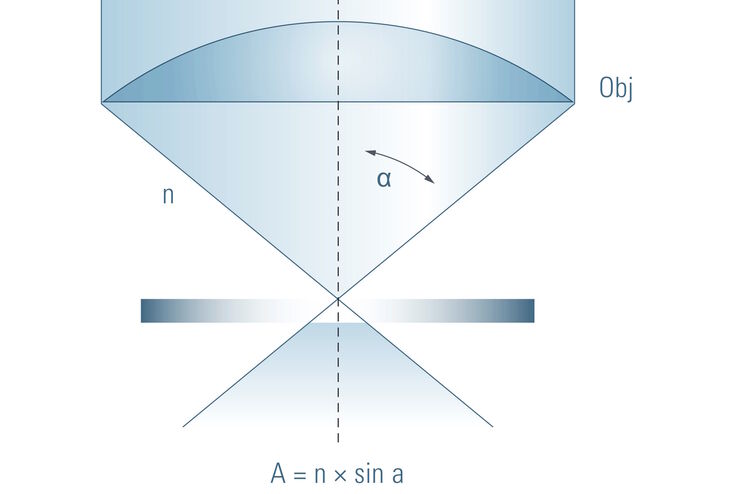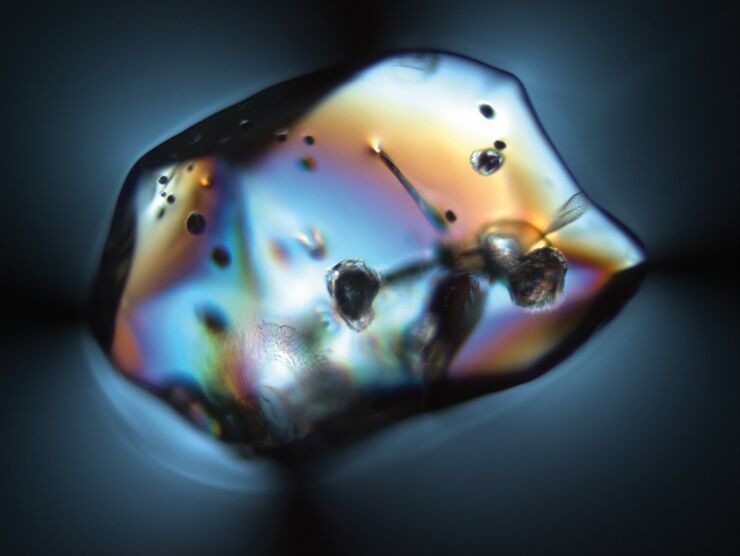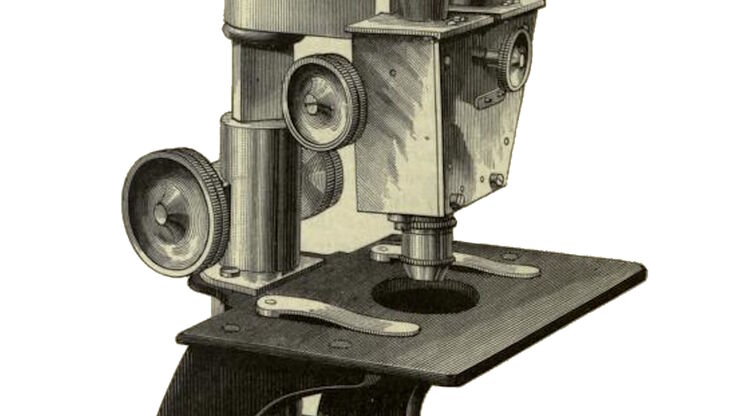
Science Lab
Science Lab
The knowledge portal of Leica Microsystems offers scientific research and teaching material on the subjects of microscopy. The content is designed to support beginners, experienced practitioners and scientists alike in their everyday work and experiments. Explore interactive tutorials and application notes, discover the basics of microscopy as well as high-end technologies – become part of the Science Lab community and share your expertise!
Filter articles
Tags
Products
Loading...

Forensic Detection of Sperm from Sexual Assault Evidence
The impact of modern scientific methods on the analysis of crime scene evidence has dramatically changed many forensic sub-specialties. Arguably one of the most dramatic examples is the impact of…
Loading...

Beware of "Empty" Magnification
This article explains how to avoid the phenomen of "empty magnification" in microscopy.
Loading...

Quality as Clear as Glass - Polarizing Microscopy in Glass Production
An exquisite beverage deserves a high-quality glass. Even the ancient Romans made artistically crafted drinking glasses. In the Middle Ages, Venetian glassmakers were famous for the purity of their…
Loading...

The History of Stereo Microscopy
This article gives an overview on the history of stereo microscopes. The development and evolution from handcrafted instruments (late 16th to mid-18th century) to mass produced ones the last 150…